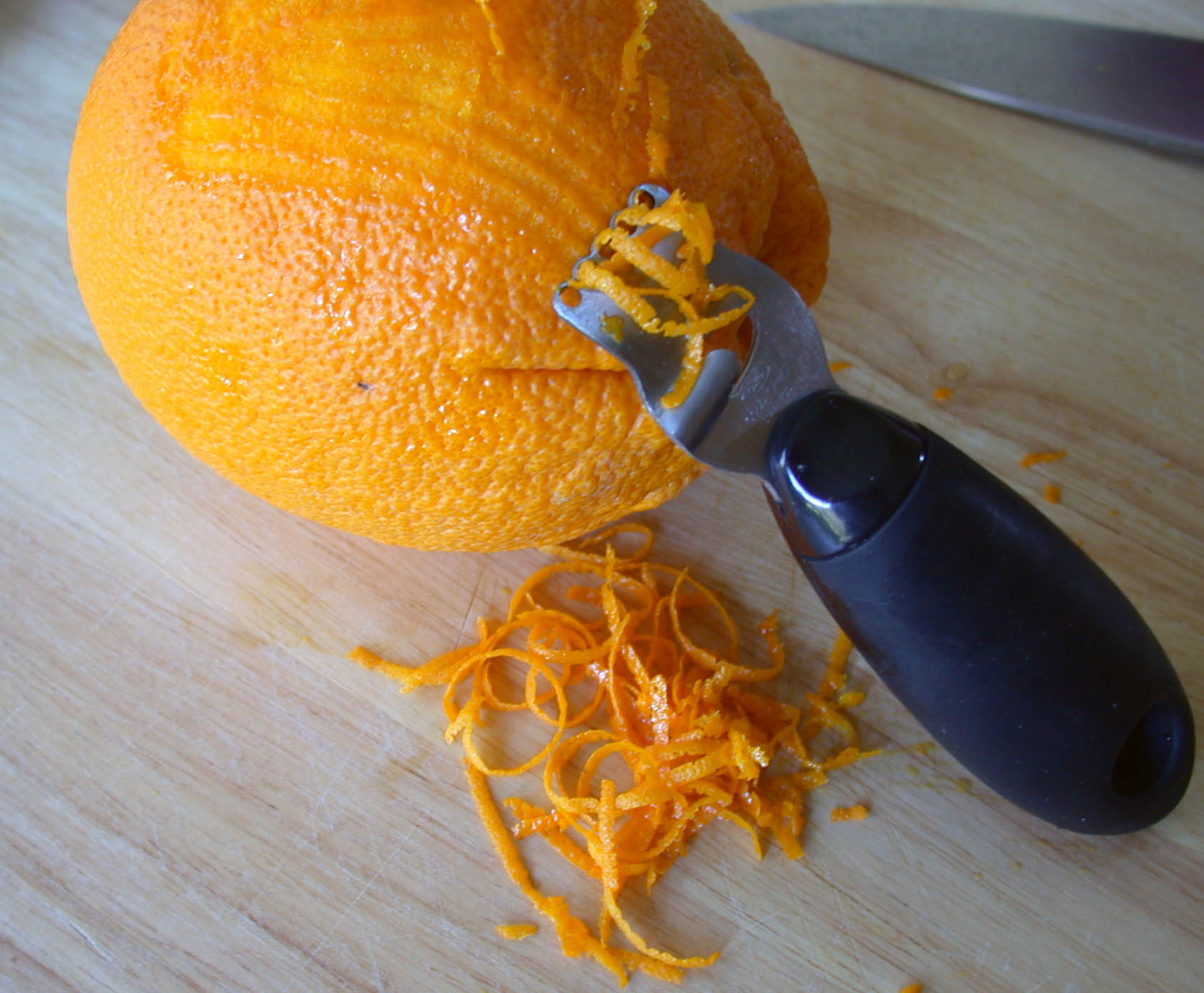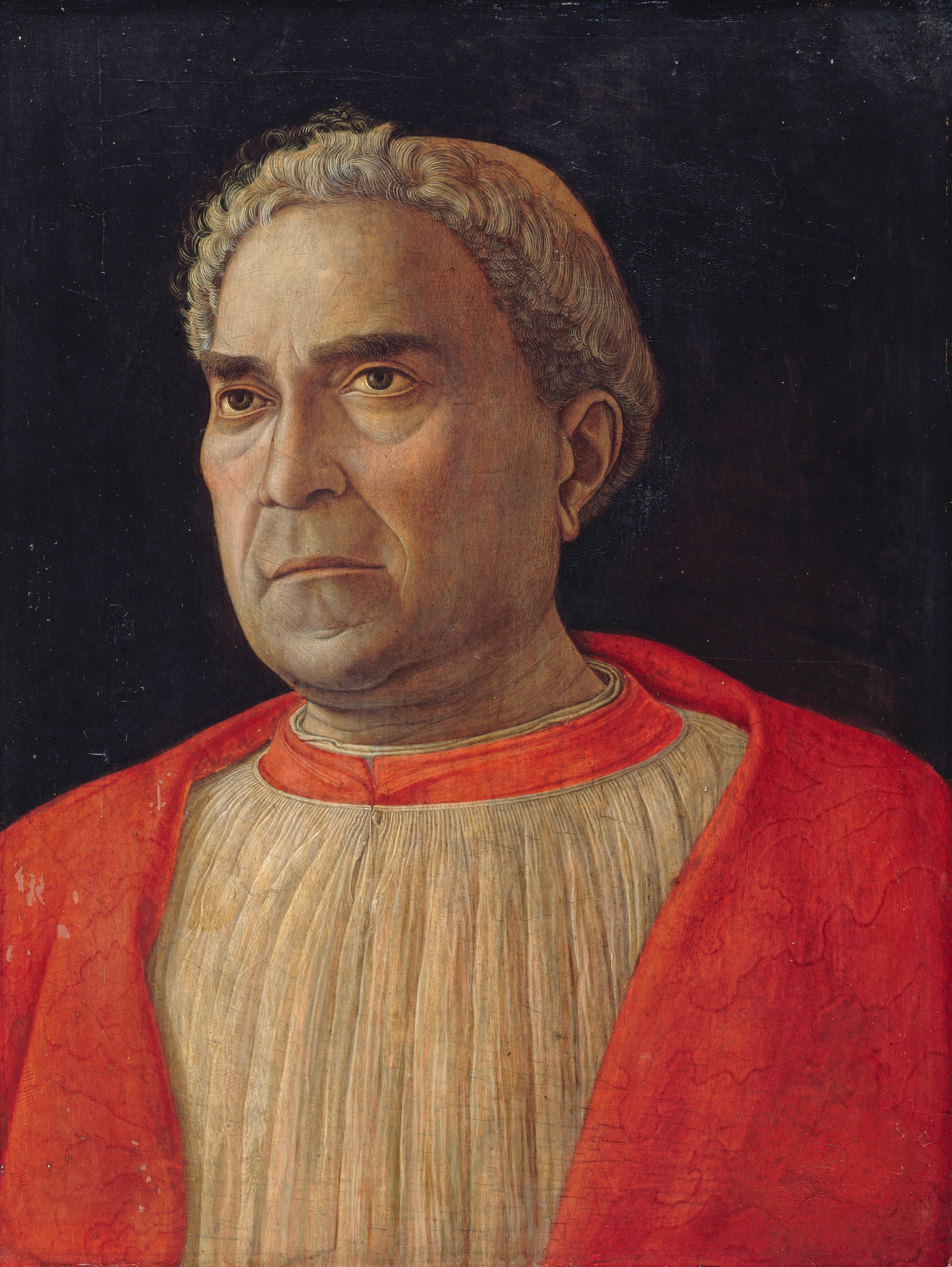|
Stracciatella (soup)
Stracciatella (; in Italian, a diminutive derived from the verb ("to shred"), meaning "a little shred"), also known as ''stracciatella alla romana'', is an Italian soup consisting of meat broth and small shreds of an egg-based mixture, prepared by drizzling the mixture into boiling broth and stirring. It is popular around Rome in the Lazio region of central Italy. A similar soup, called ''zanzarelli'', was described by Martino da Como in his 15th century manual ''The Art of Cooking''. Other variants exist. Description 200px, Stracciatella soup with spinach Traditionally ''stracciatella alla romana'' used to be served at the start of Easter lunches. ''Stracciatella alla romana'' is traditionally prepared by beating eggs and mixing in grated Parmesan cheese, salt, pepper, nutmeg, lemon zest, and sometimes semolina; this mixture is then gently drizzled into boiling meat broth, while stirring so as to produce little shreds ("''stracciatelle''") of cooked egg in the soup. In Englis ... [...More Info...] [...Related Items...] OR: [Wikipedia] [Google] [Baidu] |
Abruzzo
Abruzzo (, , ; nap, label=Neapolitan language, Abruzzese Neapolitan, Abbrùzze , ''Abbrìzze'' or ''Abbrèzze'' ; nap, label=Sabino dialect, Aquilano, Abbrùzzu; #History, historically Abruzzi) is a Regions of Italy, region of Southern Italy with an area of 10,763 square km (4,156 sq mi) and a population of 1.3 million. It is divided into four provinces: Province of L'Aquila, L'Aquila, Province of Teramo, Teramo, Province of Pescara, Pescara, and Province of Chieti, Chieti. Its western border lies east of Rome. Abruzzo borders the region of Marche to the north, Lazio to the west and north-west, Molise to the south and the Adriatic Sea to the east. Geographically, Abruzzo is divided into a mountainous area in the west, which includes the highest massifs of the Apennines, such as the Gran Sasso d'Italia and the Maiella, and a coastal area in the east with beaches on the Adriatic Sea. Abruzzo is considered a region of Southern Italy in terms of its culture, language, history, ... [...More Info...] [...Related Items...] OR: [Wikipedia] [Google] [Baidu] |
Lemon Zest
Zest is a food ingredient that is prepared by scraping or cutting from the rind of unwaxed citrus fruits such as lemon, orange, citron, and lime. Zest is used to add flavor to foods. In terms of fruit anatomy, the zest is obtained from the flavedo (exocarp) which is also referred to as zest. The flavedo and white pith (albedo) of a citrus fruit together makes up its peel. The amounts of both flavedo and pith are variable among citrus fruits, and may be adjusted by the manner in which they are prepared. Citrus peel may be used fresh, dried, candied, or pickled in salt. Preparation For culinary use, a zester, grater, vegetable peeler, paring knife, or even a surform tool is used to scrape or cut zest from the fruit. Alternatively, the peel is sliced, then excess pith (if any) cut away. The white portion of the peel under the zest (pith, albedo or mesocarp) may be unpleasantly bitter and is generally avoided by limiting the peeling depth. Some citrus fruits have so littl ... [...More Info...] [...Related Items...] OR: [Wikipedia] [Google] [Baidu] |
Sicily
(man) it, Siciliana (woman) , population_note = , population_blank1_title = , population_blank1 = , demographics_type1 = Ethnicity , demographics1_footnotes = , demographics1_title1 = Sicilian , demographics1_info1 = 98% , demographics1_title2 = , demographics1_info2 = , demographics1_title3 = , demographics1_info3 = , timezone1 = CET , utc_offset1 = +1 , timezone1_DST = CEST , utc_offset1_DST = +2 , postal_code_type = , postal_code = , area_code_type = ISO 3166 code , area_code = IT-82 , blank_name_sec1 = GDP (nominal) , blank_info_sec1 = €89.2 billion (2018) , blank1_name_sec1 = GDP per capita , blank1_info_sec1 ... [...More Info...] [...Related Items...] OR: [Wikipedia] [Google] [Baidu] |
Messina
Messina (, also , ) is a harbour city and the capital of the Italian Metropolitan City of Messina. It is the third largest city on the island of Sicily, and the 13th largest city in Italy, with a population of more than 219,000 inhabitants in the city proper and about 650,000 in the Metropolitan City. It is located near the northeast corner of Sicily, at the Strait of Messina and it is an important access terminal to Calabria region, Villa San Giovanni, Reggio Calabria on the mainland. According to Eurostat the FUA of the metropolitan area of Messina has, in 2014, 277,584 inhabitants. The city's main resources are its seaports (commercial and military shipyards), cruise tourism, commerce, and agriculture (wine production and cultivating lemons, oranges, mandarin oranges, and olives). The city has been a Roman Catholic Archdiocese and Archimandrite seat since 1548 and is home to a locally important international fair. The city has the University of Messina, founded in 1548 ... [...More Info...] [...Related Items...] OR: [Wikipedia] [Google] [Baidu] |
Saffron
Saffron () is a spice derived from the flower of ''Crocus sativus'', commonly known as the "saffron crocus". The vivid crimson stigma and styles, called threads, are collected and dried for use mainly as a seasoning and colouring agent in food. Although some doubts remain on its origin, it is believed that saffron originated in Iran. However, Greece and Mesopotamia have also been suggested as the possible region of origin of this plant. Saffron crocus slowly propagated throughout much of Eurasia and was later brought to parts of North Africa, North America, and Oceania. Saffron's taste and iodoform-like or hay-like fragrance result from the phytochemicals picrocrocin and safranal. It also contains a carotenoid pigment, crocin, which imparts a rich golden-yellow hue to dishes and textiles. Its recorded history is attested in a 7th-century BC Assyrian botanical treatise, and has been traded and used for thousands of years. In the 21st century, Iran produces some 90% of ... [...More Info...] [...Related Items...] OR: [Wikipedia] [Google] [Baidu] |
Jeremy Parzen
Jeremy Parzen (born 1967 in Chicago, Illinois, United States) is an American wine writer and educator, blogger, food and wine historian, and musician who resides in Houston, Texas. He is author of the wine and lifestyle blog, ''Do Bianchi'', and was a co-editor, together with Italian wine writer Franco Ziliani, of ''VinoWire'', a blog devoted to news from the world of Italian wine. Parzen received his doctorate in Italian literature and language at U.C.L.A. in 1997 (with a dissertation on Petrarchan prosody and Renaissance transcriptions of the '' Rerum vulgarium fragmenta'') and lived and worked for many years between Los Angeles and Italy as an instructor of Italian language and musician beginning in 1989, when he launched his academic career. In 1997, he moved to New York City, where he began to work as an editor at ''La Cucina Italiana'' and ultimately became its chief wine writer before leaving to pursue an independent career as a wine and food writer. From 2013 onward, he ... [...More Info...] [...Related Items...] OR: [Wikipedia] [Google] [Baidu] |
Ludovico Trevisan
Ludovico Trevisan (November 1401 – March 22, 1465) was an Italian catholic prelate, who was the Camerlengo of the Holy Roman Church, Patriarch of Aquileia and Captain General of the Church. He succeeded his rival Giovanni Vitelleschi, a fellow cardinal of military talent and inclination, as Bishop of Traù and Metropolitan Archbishop of Florence.Chambers, 2006, p. 45. Trevisan was also known as the Cardinal of Aquileia and the Cardinal Camerlengo. Early life Trevisan was born into a non-military family in Padua, then in the territory of the Republic of Venice, the son of Biagio Trevisano, a doctor in the arts and medicine.Miranda, Salvador. 1998.Consistory of July 1, 1440 (IV)" Like other war cardinals, such as Niccolò Fortiguerra and Giuliano della Rovere, Trevisan came from a humble background. His mother's maiden name was Mezzarota. His first name is sometimes also rendered Ludovico, Luigi, Luise, and Alvise; his last name as Trevisano or Scarampi-Mezzarota. Trevisan st ... [...More Info...] [...Related Items...] OR: [Wikipedia] [Google] [Baidu] |
Spinach
Spinach (''Spinacia oleracea'') is a leafy green flowering plant native to central and western Asia. It is of the order Caryophyllales, family Amaranthaceae, subfamily Chenopodioideae. Its leaves are a common edible vegetable consumed either fresh, or after storage using preservation techniques by canning, freezing, or dehydration. It may be eaten cooked or raw, and the taste differs considerably; the high oxalate content may be reduced by steaming. It is an annual plant (rarely biennial), growing as tall as . Spinach may overwinter in temperate regions. The leaves are alternate, simple, ovate to triangular, and very variable in size: long and broad, with larger leaves at the base of the plant and small leaves higher on the flowering stem. The flowers are inconspicuous, yellow-green, in diameter, and mature into a small, hard, dry, lumpy fruit cluster across containing several seeds. In 2018, world production of spinach was 26.3 million tonnes, with China alone accounti ... [...More Info...] [...Related Items...] OR: [Wikipedia] [Google] [Baidu] |
Parsley
Parsley, or garden parsley (''Petroselinum crispum'') is a species of flowering plant in the family Apiaceae that is native to the central and eastern Mediterranean region (Sardinia, Lebanon, Israel, Cyprus, Turkey, southern Italy, Greece, Portugal, Spain, Malta, Morocco, Algeria, and Tunisia), but has been naturalized elsewhere in Europe, and is widely cultivated as a herb, and a vegetable. Parsley is widely used in European, Middle Eastern, and American cuisine. Curly leaf parsley is often used as a garnish. In central Europe, eastern Europe, and southern Europe, as well as in western Asia, many dishes are served with fresh green chopped parsley sprinkled on top. Flat leaf parsley is similar, but it is easier to cultivate, some say it has a stronger flavor. Root parsley is very common in central, eastern, and southern European cuisines, where it is used as a snack or a vegetable in many soups, stews, and casseroles. It is believed to have been originally grown in Sardinia ... [...More Info...] [...Related Items...] OR: [Wikipedia] [Google] [Baidu] |
Italian-American Cuisine
Italian-American cuisine is a style of Italian cuisine adapted throughout the United States. Italian-American food has been shaped throughout history by various waves of immigrants and their descendants, called Italian Americans. As immigrants from the different regions of Italy settled throughout the various regions of the United States, many brought with them a distinct regional Italian culinary tradition. Many of these foods and recipes developed into new favorites for the townspeople and later for Americans nationwide. Traditional influences Italian-American food is based primarily on the culinary traditions of Southern Italian immigrants, although a significant number of Northern Italian immigrants also came to the United States and also influenced this style of cuisine to some extent. Most of these immigrants arrived in the United States during the late 19th and early 20th centuries, and during this time, many Italians coming from Naples and Sicily moved to large Amer ... [...More Info...] [...Related Items...] OR: [Wikipedia] [Google] [Baidu] |
Marjoram
Marjoram (; ''Origanum majorana'') is a cold-sensitive perennial herb or undershrub with sweet pine and citrus flavours. In some Middle Eastern countries, marjoram is synonymous with oregano, and there the names sweet marjoram and knotted marjoram are used to distinguish it from other plants of the genus ''Origanum''. It is also called pot marjoram, although this name is also used for other cultivated species of ''Origanum''. History Marjoram is indigenous to Cyprus, the Mediterranean, Turkey, Western Asia, the Arabian Peninsula, and the Levant, and was known to the ancient Greeks and Romans as a symbol of happiness. It may have spread to the British Isles during the Middle Ages. Marjoram was not widely used in the United States until after World War II. The name marjoram (Old French: ''majorane''; ) does not directly derive from the Latin word (major). Marjoram is related to Samhain, the Celtic pagan holiday that would eventually become Halloween. It has also been used in ... [...More Info...] [...Related Items...] OR: [Wikipedia] [Google] [Baidu] |
Il Talismano Della Felicità
''Il talismano della felicità'' (; ''The Talisman of Happiness'' in English), written by magazine editor Ada Boni and published by Italian publishing housEditore Colombo is a well-known Cuisine of Italy, Italian cookbook originally published in 1929. It is believed to be the first Italian cookbook specifically targeted to housewife, housewives, and along with the work of Pellegrino Artusi and Editoriale Domus' Il cucchiaio d'argento is considered one of the defining recipe and cooking-advice collections in Italian cuisine. It soon turned into a staple for generations of Italian women. The standard edition is 1054 pages long and was last reissued in 1999; it was also available in an abridged version known as ''Il piccolo Talismano'' from the same publisher. When it was first published in 1928, it contained about 882 recipes; subsequent editions contained more than 2000 recipes. An extremely abridged translation, translated by Matilde La Rosa, who also added some "American-style" ... [...More Info...] [...Related Items...] OR: [Wikipedia] [Google] [Baidu] |







